From Hamilton’s determination to lay his Monaco ghosts to rest to Vettel banking on straight-line speed to save his race, and from all eyes being on Turn 14 to Force India being the joker in the pack, we break down the key themes to watch out for in Sunday’s race in Montreal…
Hamilton looking to lay Monaco ghost to rest
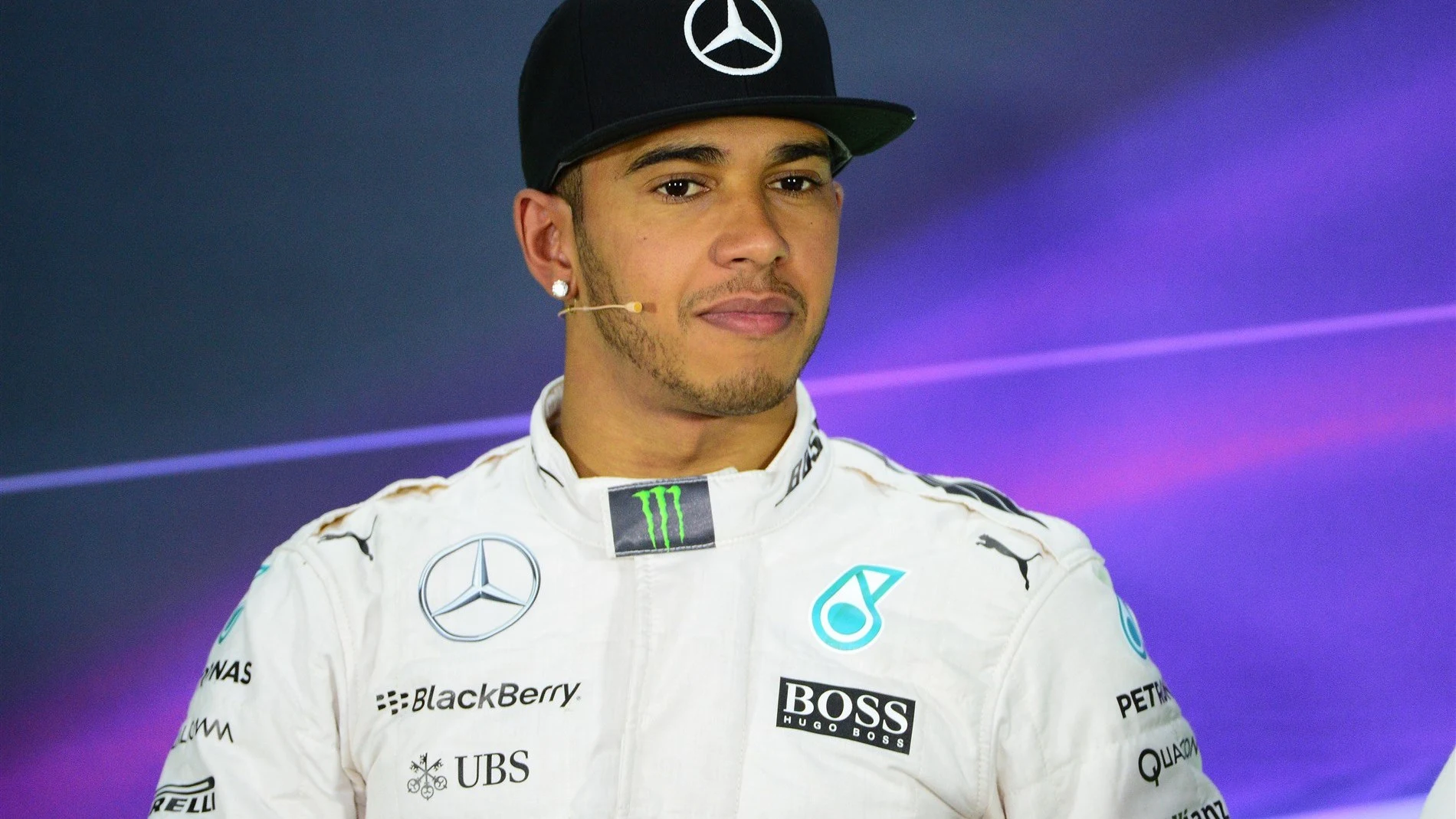
“I don’t look back,” Lewis Hamilton said when - predictably - Mercedes’ Monaco bungle was the main topic of conversation on Thursday in Montreal. “I have not thought about the last race for a long time - I've been training and trying to come back strong this weekend.”
Capturing pole was therefore a perfect response, particularly after the Briton experienced difficulties that left him slowest of all 20 runners during FP3. But the job is far from complete - and while Hamilton may insist he has moved on from Monaco, it will remain a talking point in part because of the significant points swing it produced between Hamilton and championship rival Nico Rosberg. Sunday is a chance to put the issue to rest.
It is perhaps fitting that it comes at Canada, where Hamilton claimed his first F1 pole and victory, and where he is yet to finish off the podium (discounting DNFs). The mistakes a fortnight ago may mean he has just one win in the Principality - anathema for someone of his supreme talents - but in Montreal his record is unmatched by any of the current field. The perfect venue, then, to lay Monaco’s ghost to rest.
Straight-line speed the ace up Vettel’s sleeve

Sebastian Vettel came into the weekend a genuine victory threat, particularly after Ferrari unveiled engine upgrades in a bid to close the gap to Mercedes. So while qualifying 16th - and receiving a subsequent five-place grid drop - were disastrous, Vettel does at least have a useful weapon to aid his fightback: straight-line speed.
Ferrari’s advantage in this department was underlined on Friday, when Vettel and team mate Kimi Raikkonen locked out first and second in all three speed traps. Across the line, the SF15-T was a full 6km/h faster than the next best, and a massive 19km/h quicker than the slowest car.
On the long straights of Montreal, that could prove to be a gamechanger in the race as Vettel works his way up the order. Victory might no longer be possible - the history books will tell you that no driver has triumphed from lower than 10th on the grid here - but Vettel’s hopes of points are far from finished.
Turn 14 under the microscope
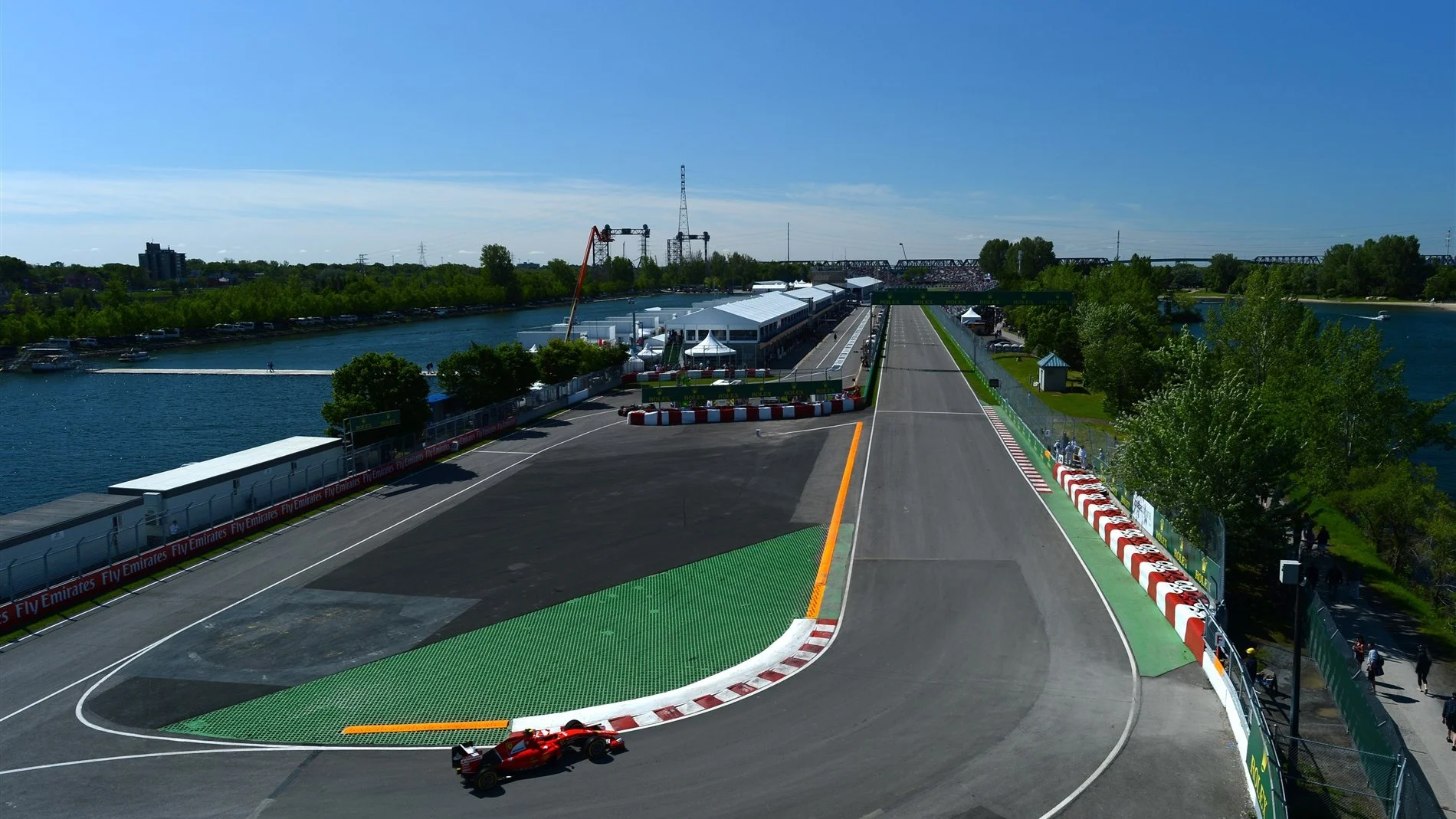
Off-track moments have come thick and fast in Montreal this weekend, but while drivers have fallen off the road at Turn 1 and Turn 8, the majority of trouble has come at Turns 13 and 14: the final chicane.
Those with good memories may remember there was controversy at the corner in last year’s race when Nico Rosberg ran off the road but was comfortably able to retain his lead, so this year the FIA have required drivers that go off to slow down and negotiate a bollard before re-joining the track.
However, following Friday’s running race director Charlie Whiting was still unhappy with the way some drivers were re-joining the track, so he issued several new directives as well as installing a new sausage kerb in the run-off area. Things seemed to work well in qualifying, but when the pressure is on in the race will the drivers follow the correct protocol? Expect the FIA to keep an extremely close eye on the action at Canada's most challenging section of asphalt…
A one-stopper may well be the strategy of choice
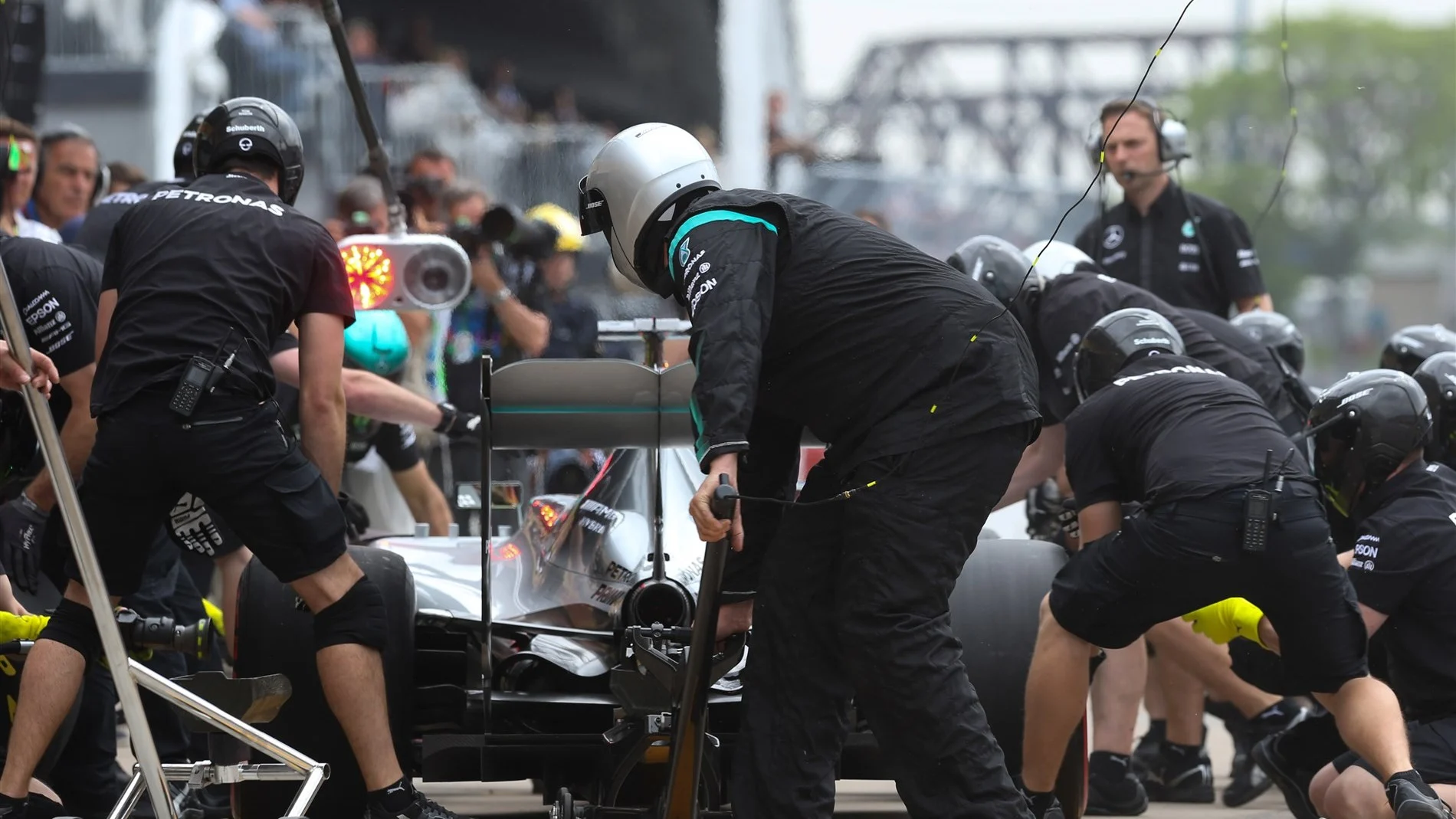
The tricky conditions and low grip levels throughout practice have caused headaches for team strategists up and down the pit lane, and as a result there is a variety of possible approaches for Sunday’s race.Two-stopping was the preferred option last year, but this season the pendulum has swung slightly towards one-stopping, based on degradation levels in qualifying.
Two-stopping remains extremely viable, however, particularly if the heat of battle leads to excessive stresses being placed on the tyres. The high number of overtaking options could also point to two-stoppers, given that controlling a race and keeping faster cars behind is an extremely difficult exercise.
Typically, a two-stop plan would see drivers pitting around lap 15 and again around lap 40 - the first time for supersofts, and the second for softs. One-stoppers would pit around lap 35, but would then come under threat in the final stages of the race - meaning we could see a crescendo of action in the closing stages.
Lotus looking to capitalise on improved form
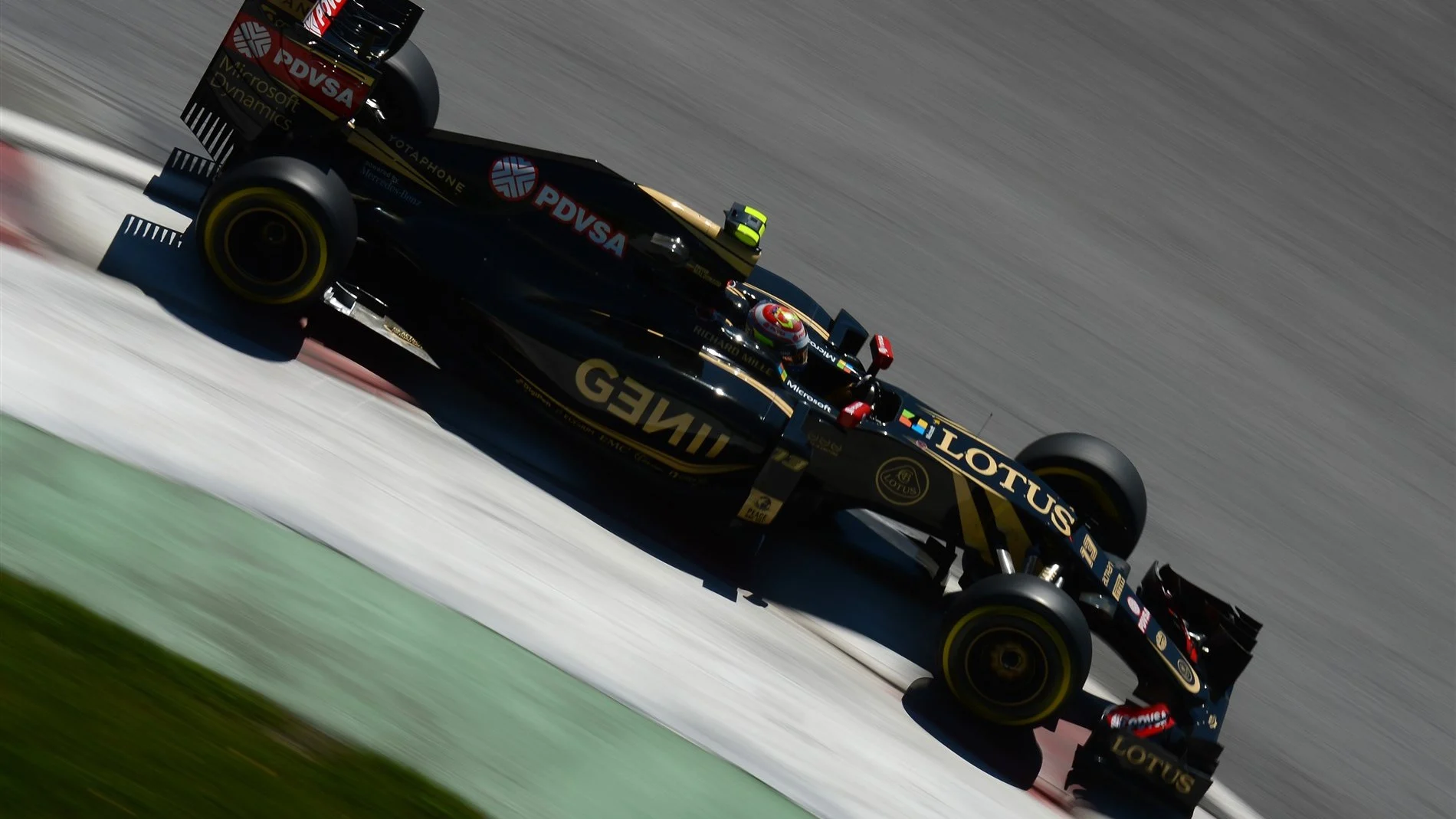
“We expected to go quite well here,” Lotus’s trackside operations director Alan Permane admitted after Romain Grosjean and Pastor Maldonado locked out the third row of the grid in Canada. “But we look to be a little better than we even dared hope. We have the podium in our sights…”
While the claims are bold, the team’s enthusiasm is justified - Lotus are genuinely in the mix here in Montreal, and have been ever since FP1, when Grosjean finished best of the rest in third. Indeed, such has been their promise, Grosjean - fastest of all in Q1 - was even slightly disappointed with securing fifth on the grid.
So can the Frenchman secure his and the team’s first podium since the US Grand Prix in 2013? Can Maldonado finally end his horrendous start to the season? Lotus have a chance to make a serious impact on Sunday - a chance they’ll be keen to seize with both hands.
Force India the joker in the pack
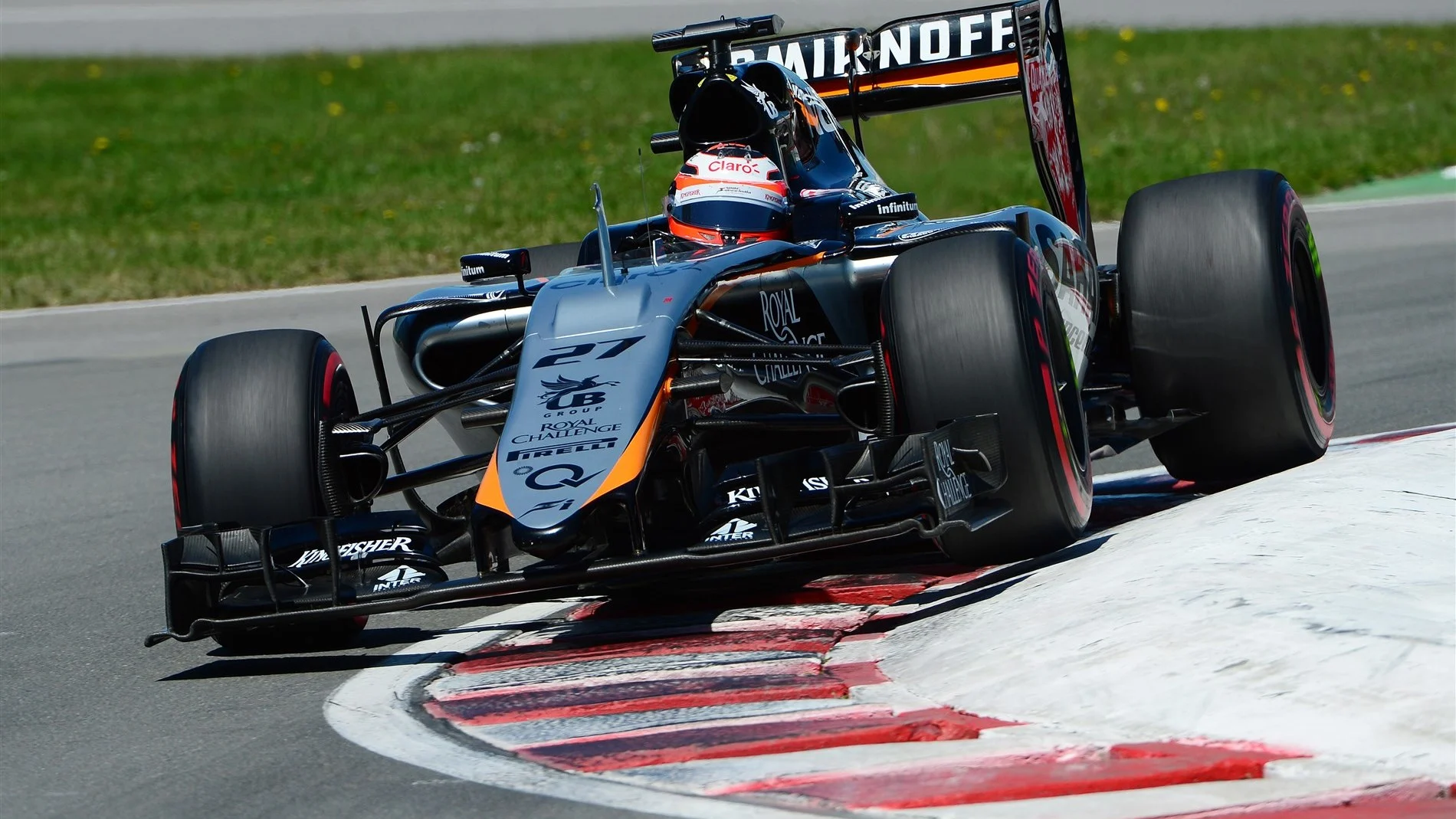
Last year, every team bar one stopped twice. Force India were the exception then, just as they could be again in 2015.
The gamble almost paid off spectacularly in 2014 of course, with Sergio Perez a candidate for victory at one stage, and a podium challenger right up until his dramatic late collision with Williams’ Felipe Massa.
This year the team start from seventh and 10th - Perez trailing team mate Nico Hulkenberg - and by being fast on the straights and famously kind to their tyres they have all the ingredients to spring an upset or two.
Next Up
Related Articles
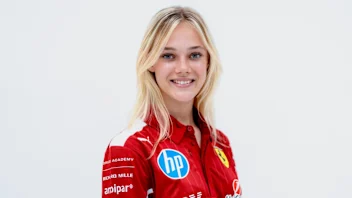 F1 AcademyFerrari sign Larsen for 2026 F1 ACADEMY campaign
F1 AcademyFerrari sign Larsen for 2026 F1 ACADEMY campaign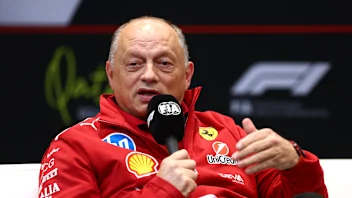 Abu Dhabi 'not a bad weekend' for Ferrari – Vasseur
Abu Dhabi 'not a bad weekend' for Ferrari – Vasseur Norris collects World Championship trophy at FIA Awards
Norris collects World Championship trophy at FIA Awards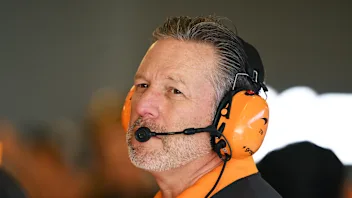 Brown insists McLaren ‘won’t change the way we race’
Brown insists McLaren ‘won’t change the way we race’ Tsunoda's best moments in F1 as he departs the grid
Tsunoda's best moments in F1 as he departs the grid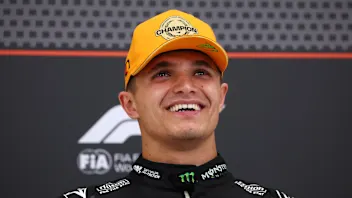 Norris hopes title win doesn’t change him as a driver
Norris hopes title win doesn’t change him as a driver